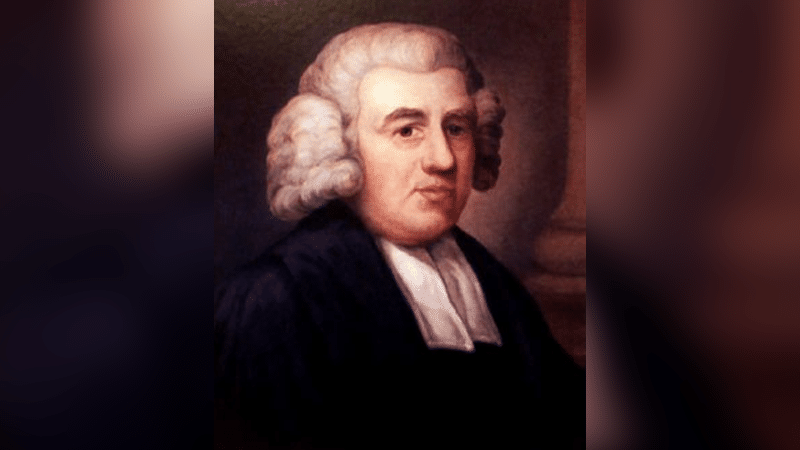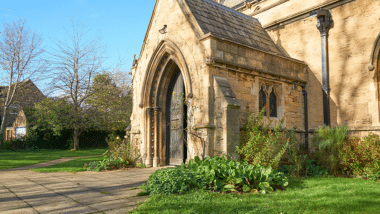The 250th anniversary of John Newton’s world-famous hymn Amazing Grace is being celebrated at a museum in Hull.
An exhibition at the Wilberforce House Museum entitled ‘Amazing Grace’ was launched on the ‘International Day for the Remembrance of the Slave Trade and its Abolition’ and is open to visitors until November.
The free exhibition explores the life of Newton, his role in the abolitionist movement, and the writing and development of Amazing Grace.
Ex-slave trader
Born in 1725, Newton was a slave trader before turning to Christ and becoming a Church of England minister.
In 1748, his slave ship became trapped in a severe storm and he was struck by Thomas à Kempis’s quote on the “uncertain continuance of life” and Proverbs 1:23-26, which states, “since you rejected me when I called…I in turn will laugh at your disaster”. Newton later marked the event as the start of his conversion.
The words of Amazing Grace, which reflect his journey to faith, were first publicly read aloud at St Peter and St Paul Church in Olney, Buckinghamshire on 1 January 1773 and were later published in The Olney Hymns under the title ‘Faith’s Review and Expectation’.
Newton continued to preach until his death in 1807, nine months after Parliament abolished the slave trade in the British Empire.
John Newton’s hymn Amazing Grace celebrates 250th anniversary
Wycliffe film prompts gratitude for ‘Morning Star of the Reformation’


